Artist: Lucas Cranach The Elder
Style: Northern Renaissance
Topic: Gods Nudes Wood Woman Wood
Technique: Oil
Cranach, like his contemporary Albrecht Dürer, was a dominant figure in German Renaissance painting. The influence of both artists was pervasive, although Cranach had the advantage of outliving Dürer by as much as thirty years. At the start of his career he was active in Munich and Vienna, but in 1505 he became court painter to Duke Friedrich the Wise of Saxony. Cranach held this position under two successive Electors until 1547, and again from 1550 until his death. The court was based at Wittemberg until the Elector Johann Friedrich went into exile in Augsburg (1547-52). After his return the Elector preferred to live in Weimar. Cranach carried out a wide range of duties as court artist including the decoration of the palace, but he was granted a coat-of-arms in 1508 and became wealthy, holding public office several times. The mark or signature of a flying snake that occurs on this panel and many others was derived from his coat-of-arms. Cranach was also a prolific engraver and book illustrator with an interest in publishing, particularly in Reformation literature. He was a close friend of Martin Luther and his family, whose portraits he painted frequently, although, like many other artists in Germany during these years, he retained Catholic patrons such as Cardinal Albrecht of Brandenburg, Elector of Mainz. The subject of Apollo and Diana was treated on two other occasions by Cranach (Brussels, Musée des Beaux-Arts and Berlin, Gemäldegalerie). There are considerable differences between the three compositions, although in each case Apollo stands and Diana is seated on a stag. The painting in Brussels and the present work show Apollo about to shoot an arrow, whereas in the painting in Berlin (1530) he is without a quiver and merely holds three arrows in the same hand as the bow. The composition with Apollo aiming is comparable with the engraving by Dürer of about 1505, or with the print by Jacopo de' Barbari. The figure of Diana holding her right foot with one leg crossed over the other is reminiscent (although reversed) of the famous antique bronze known as the Spinario. The painting in the Royal Collection reveals all the main characteristics of Cranach's art. The tautness of the style, the fluency of the drawing of the nude, the love of greens and blues offsetting the lighter flesh tones, the detailed rendering of foliage and the carefully observed landscape replete with a perilously balanced castle on a distant crag and peaceful reflections in calm waters, these are the hallmarks of his finest works, and, it has to be admitted, also of his studio. The intensity of the style is matched by the studied care of the composition and by the clarity of the image. The painting is signed with the image of a winged serpent.
Artist |
|
|---|---|
Download |
|
Permissions |
Free for non commercial use. See below. |
Lucas Cranach The Elder – Most viewed artworks
|
This image (or other media file) is in the public domain because its copyright has expired. However - you may not use this image for commercial purposes and you may not alter the image or remove the watermark. This applies to the United States, Canada, the European Union and those countries with a copyright term of life of the author plus 70 years.
|

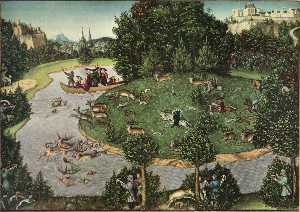
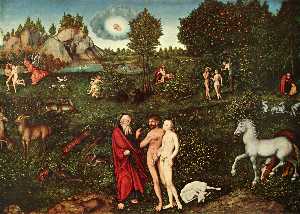
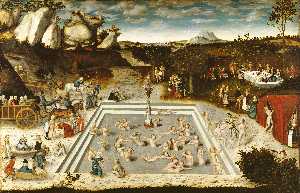

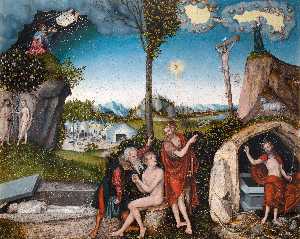
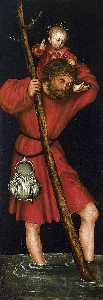
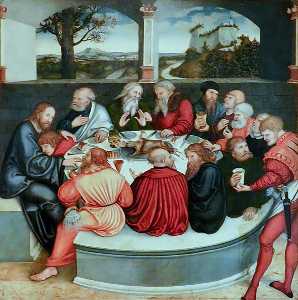

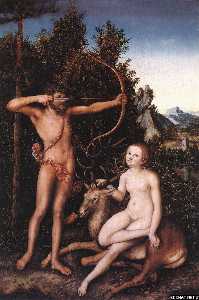
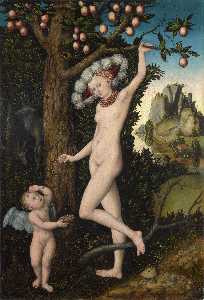
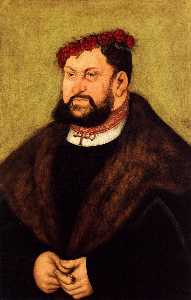
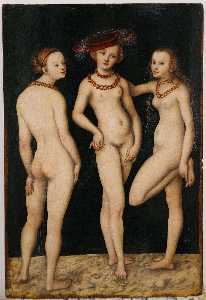
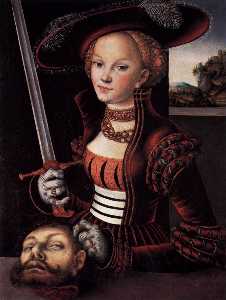
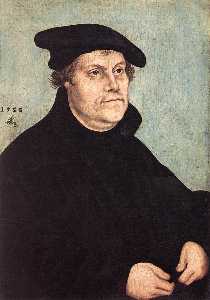
 Note that a few countries have copyright terms longer than 70 years: Mexico has 100 years, Colombia has 80 years, and Guatemala and Samoa have 75 years. This image may
not be in the public domain in these countries, which moreover do not implement the
Note that a few countries have copyright terms longer than 70 years: Mexico has 100 years, Colombia has 80 years, and Guatemala and Samoa have 75 years. This image may
not be in the public domain in these countries, which moreover do not implement the